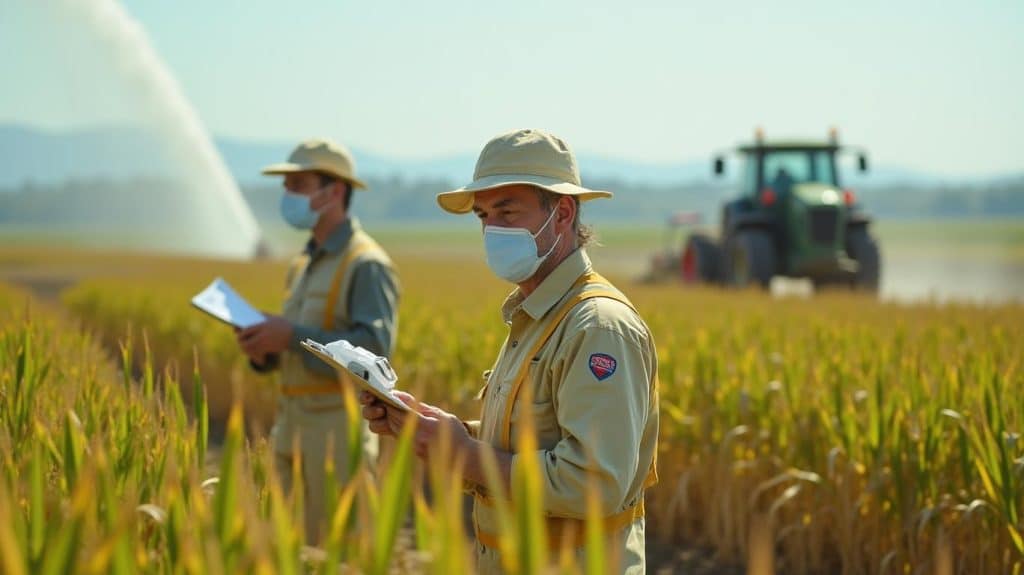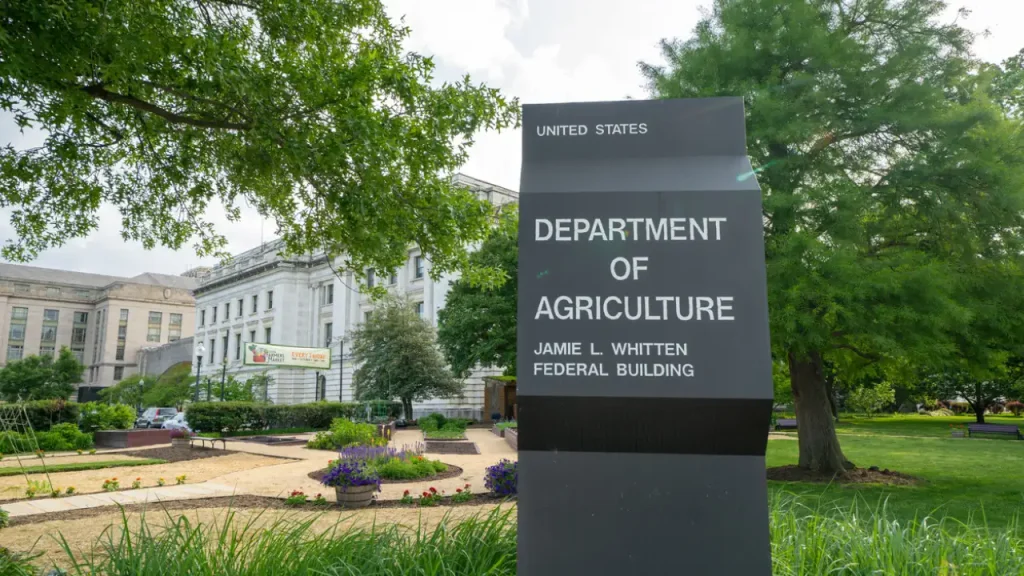In a major shift within the federal workforce, more than 15,000 employees of the U.S. Department of Agriculture (USDA) have voluntarily resigned after accepting a financial incentive introduced during the Trump administration. The widespread resignations have sparked conversations about the long-term impact of federal workforce downsizing and the effectiveness of such exit strategies.
What Was the Trump-Era Exit Deal?
The Voluntary Early Retirement Authority (VERA) and Voluntary Separation Incentive Payments (VSIP) programs were the key components of the Trump administration’s strategy to reduce federal staffing. These initiatives offered eligible USDA employees a financial incentive—often ranging from $25,000 to $40,000—to retire early or voluntarily resign. The move was part of a broader government effort to “streamline operations, cut costs, and modernize federal agencies.”
Though these types of buyouts have been used in previous administrations, the scale and focus under Trump were notable. Agencies were encouraged to reduce bureaucracy, eliminate “redundant roles,” and push toward private-sector-style efficiency models.
Why Did So Many USDA Employees Accept the Offer?
There are several reasons behind the mass exodus of over 15,000 USDA employees, many of which are rooted in policy shifts, agency relocations, and internal restructuring during the Trump years.
1. Agency Relocations
One of the most controversial moves was the relocation of two key USDA research branches—the Economic Research Service (ERS) and the National Institute of Food and Agriculture (NIFA)—from Washington, D.C., to Kansas City. Many employees cited personal and professional reasons for not making the move, resulting in a wave of resignations and early retirements.
2. Policy Disagreements
During the Trump administration, several employees voiced concerns over shifts in scientific integrity, budget cuts, and a perceived devaluation of research roles. This led some long-time civil servants to opt for early retirement rather than adjust to the changing internal climate.
3. Attractive Incentives
For many federal workers nearing retirement, the financial incentive—combined with existing retirement benefits—made the decision easier. The lump sum payment, coupled with pension eligibility, created a “now or never” moment for eligible staff.
4. Job Uncertainty
With ongoing restructuring and budget uncertainties, many USDA employees felt their roles might soon become obsolete or significantly altered. The exit program provided a safe exit strategy before potential layoffs or demotions.
What Does This Mean for the USDA?

While short-term cost savings are apparent, the loss of over 15,000 experienced employees has raised concerns across the agricultural and scientific communities. Here’s how the impact is unfolding:
1. Talent Drain
Many of those who left held decades of institutional knowledge and technical expertise, particularly in areas like food policy, agricultural economics, and rural development. Replacing that depth of knowledge won’t happen overnight.
2. Reduced Research Capacity
The Economic Research Service (ERS) and NIFA were particularly hard-hit, losing a large share of their workforce. As a result, the USDA’s research output has slowed, and some projects have faced delays or cancellation altogether.
3. Hiring Challenges
Though the USDA has begun aggressively recruiting to fill the gaps, attracting new talent—especially in non-urban locations—is proving difficult. Government salaries and relocation requirements are not always competitive with private-sector offers.
4. Operational Disruption
In some regional USDA offices, resignations left departments severely understaffed. Services to farmers, rural businesses, and local governments saw slowdowns during the transition period.
Public and Political Reactions
The resignations have drawn mixed reactions from lawmakers, advocacy groups, and policy analysts.
Supporters Say:
- The exit deal helped reduce bureaucratic overhead.
- The USDA is now better positioned to modernize and digitize operations.
- Voluntary buyouts are a cost-effective alternative to forced layoffs.
Critics Argue:
- The program caused a brain drain and weakened federal research capabilities.
- It undermined morale and discouraged new talent from entering federal service.
- Long-term costs may rise due to training new employees and decreased efficiency.
A Broader Look: Are Federal Buyouts a Good Idea?
While this USDA case is one of the most notable examples, federal buyouts are not new. Agencies like the Department of Defense, EPA, and IRS have also used early retirement and buyout strategies.
But the USDA’s experience underlines a crucial question:
Do these buyouts actually improve government efficiency, or do they weaken public institutions in the long run?
Experts suggest that while short-term budget relief is real, the loss of experienced professionals can reduce policy effectiveness and institutional resilience—particularly in research-heavy agencies like the USDA.
What’s Next for the USDA in 2025?
With a new administration potentially revisiting staffing priorities, there is ongoing debate about:
- Rebuilding federal capacity
- Reinvesting in agricultural research
- Improving recruitment and retention strategies
The USDA has already launched initiatives to attract younger workers, including:
- Internship-to-career pipelines
- Remote work options
- Competitive hiring bonuses for critical roles
However, rebuilding public trust and restoring lost expertise will take time and strategic effort.
Final Thoughts
The Trump-era exit deal that led 15,000 USDA employees to voluntarily resign marks one of the most significant workforce shifts in recent federal history. While it reflects a drive toward leaner government, it also exposes the risks of losing institutional knowledge and undercutting vital public services.
As the USDA moves forward in 2025, the challenge remains: how to balance efficiency with effectiveness, and how to rebuild a workforce capable of addressing today’s complex agricultural, environmental, and economic challenges.



